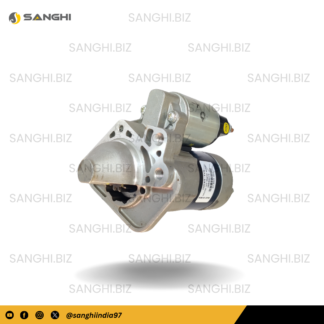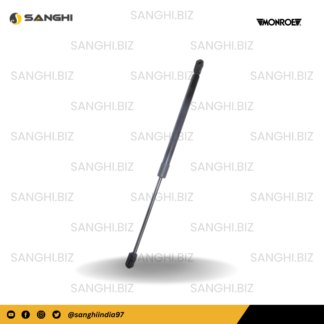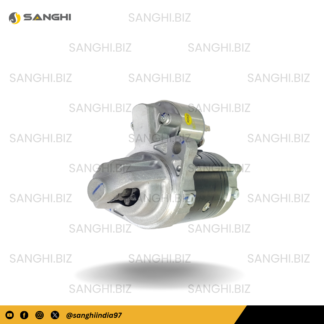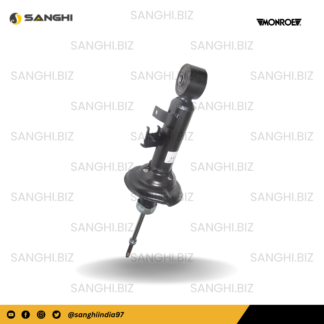A Guide to Selecting the Right Tyres for Different Road Conditions
Tires are arguably the most critical component of any vehicle, as they are the sole point of contact with the road. The right tires can greatly enhance your driving experience, safety, and performance, especially when facing varying road conditions. In this guide, we will explore the factors to consider when selecting the appropriate tires for different road conditions.
1. Understanding Tire Types
Before diving into specific road conditions, it’s essential to understand the three primary types of tires:
– Summer Tires: Designed for warm and dry conditions, summer tires offer excellent grip and handling. They are not suitable for cold or snowy weather due to their limited traction.
– All-Season Tires: These tires are a versatile choice for mild climates. They provide reasonable performance in various conditions but may not excel in extreme weather.
– Winter Tires: Winter tires are specially designed for cold weather, snow, and ice. They feature a unique rubber compound and tread pattern that provides superior traction in freezing temperatures.
2. Dry Roads
On dry roads, the focus is on maximizing traction and handling. Performance and summer tires are excellent choices for these conditions. Look for tires with:
– High Tread Blocks: Tires with larger tread blocks provide better grip on dry roads, enhancing your vehicle’s handling and responsiveness.
– Summer Performance Tires: If you value sporty handling and high-speed stability, opt for summer performance tires, which offer exceptional grip on dry surfaces.
3. Wet Roads
Wet roads can be treacherous, so selecting the right tires is crucial for safety. Consider the following when driving in wet conditions:
– Tread Design: Look for tires with deep and efficient grooves that can channel water away from the tire’s contact patch, reducing the risk of hydroplaning.
– All-Season Tires: High-quality all-season tires provide decent wet-weather performance, making them a suitable choice for regions with mild, occasional rain.
– Rain Tires: If you live in a particularly rainy area, consider rain tires. They feature specialized tread patterns for enhanced water dispersion.
4. Snow and Ice
Navigating snowy and icy roads requires specialized tires. Winter tires are your best bet in these conditions:
– Winter Tire Markings: Look for tires with the Three-Peak Mountain Snowflake (3PMSF) symbol. These tires meet industry standards for snow and ice performance.
– Sipes and Soft Compound: Winter tires have deep sipes (small channels) and a softer rubber compound that maintains flexibility in freezing temperatures.
– Studded Tires: In areas with extreme ice, studded tires offer unparalleled traction. However, be aware of local regulations, as they may restrict or ban studded tires.
5. Off-Roading
If you’re planning to venture off the beaten path, off-road tires are essential. Consider:
– All-Terrain Tires: All-terrain tires strike a balance between on-road and off-road capabilities. They feature sturdy construction and aggressive tread patterns for traction on various surfaces.
– Mud-Terrain Tires: When tackling extreme off-road conditions like deep mud or rock crawling, mud-terrain tires are the top choice. They have larger, more aggressive tread blocks.
Conclusion
Choosing the right tires for different road conditions is a critical aspect of safe and enjoyable driving. Start by assessing the typical conditions you encounter, and then select tires that match those needs. Remember that tire maintenance, such as proper inflation and regular rotations, also plays a significant role in tire performance and longevity. By investing in the right tires for your environment, you can enhance your vehicle’s safety and performance, ensuring a smoother ride regardless of the road ahead.




